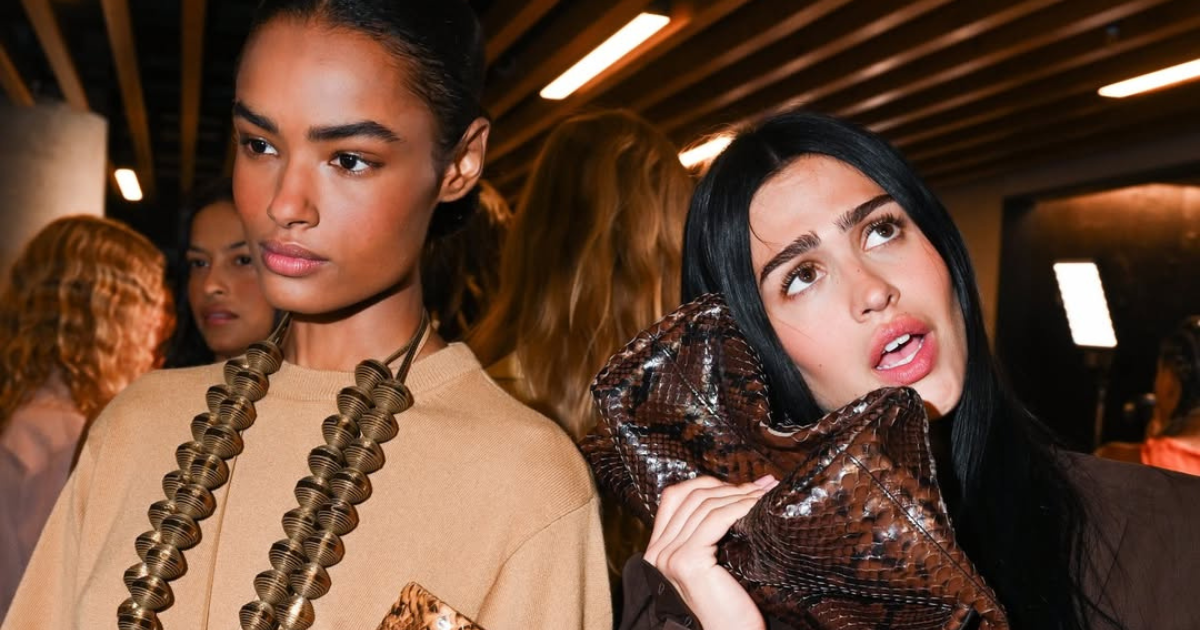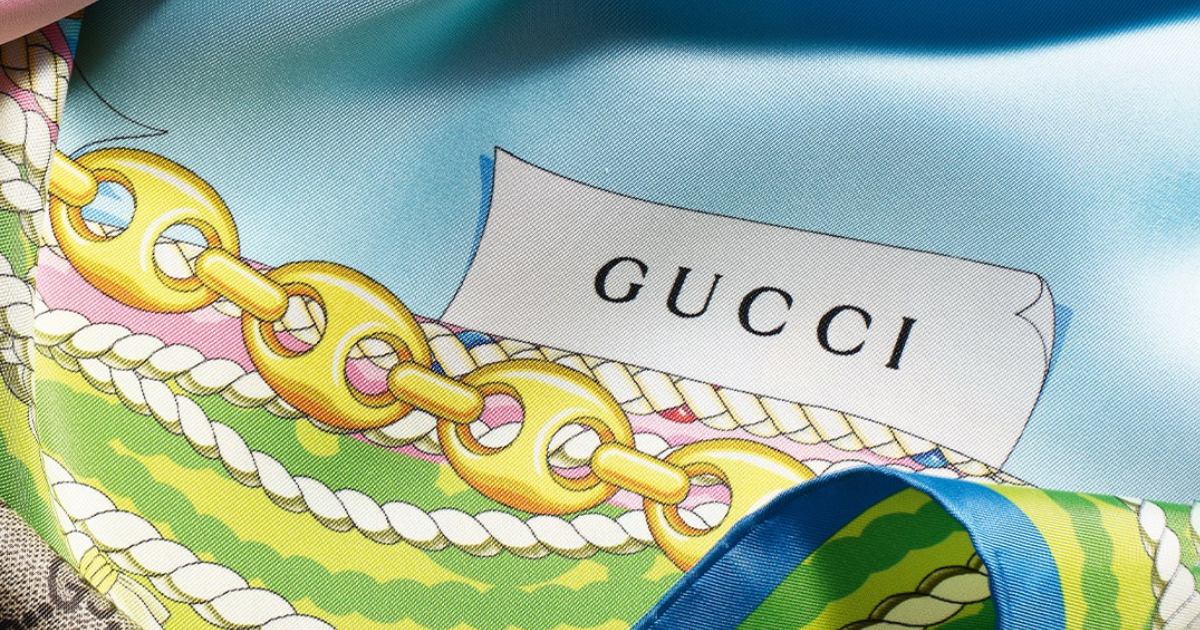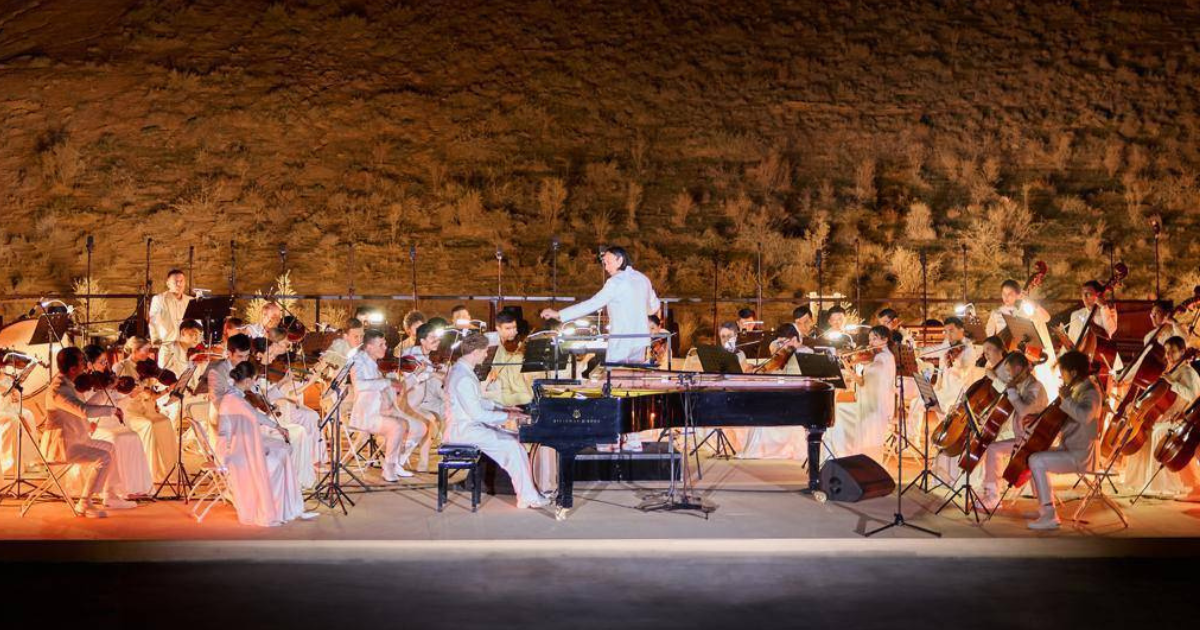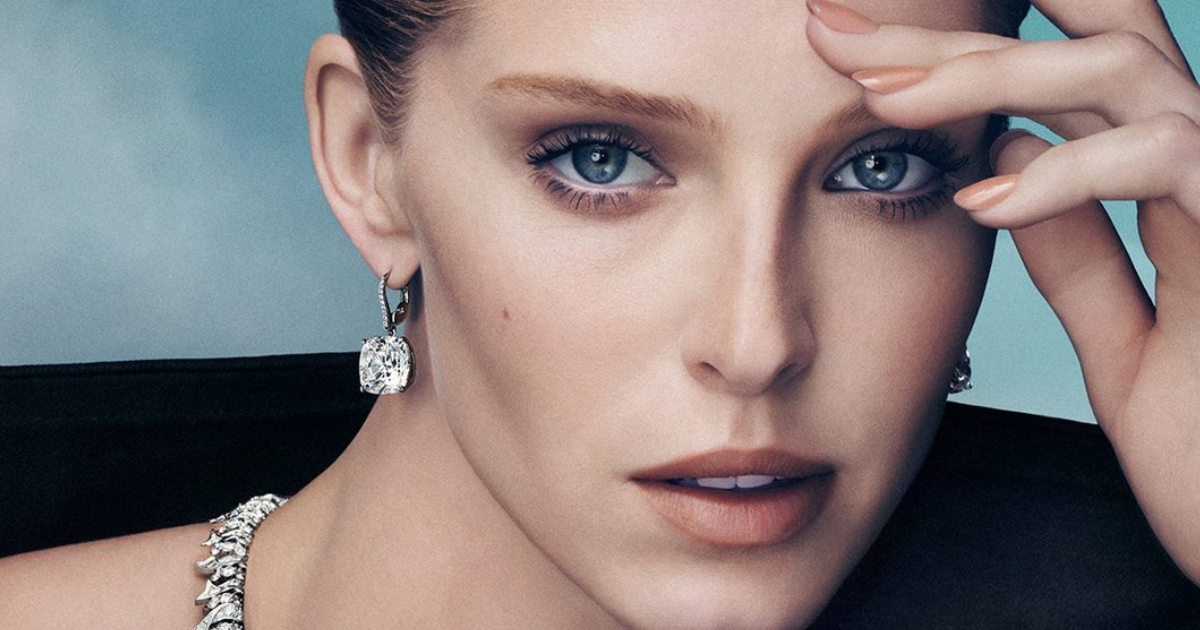Boho chic, “Miss America,” and the new glamour of New York Fashion Week
What New York Fashion Week looks like this season

With the arrival of September, the fashion world holds its breath in anticipation of a new season. Traditionally, the first of the “big four” to kick off is New York Fashion Week – and this time it shone especially bright. The atmosphere was set by a Valentino Beauty party, which revived the legendary “Studio 54” – the club that became a symbol of freedom and an era back in the late ’70s.
Today, New York Fashion Week is going through a transitional stage. This season, two separate calendars merged into one, while some brands chose to present their collections outside of it entirely. The true scale of this transformation will only become evident in February, but for now, we see a shortened schedule that clearly points to a crisis in the industry.
Nevertheless, it is under such conditions that the standout collections of the opening days become especially significant – and those are the ones we will focus on in detail:
Michael Kors
The much-loved brand Michael Kors offered a fresh interpretation of boho chic through the prism of urban elegance. The palette was built on earthy shades – camel, ivory, muted pink, black, and gray – giving the outfits a sense of warmth and harmony. Instead of strict tailoring, the designer opted for fluid lines: loose trousers, flowing dresses, and oversized shirts. Long hemlines and layers of fabric added a touch of gentle luxury and airiness to the collection. Special attention was paid to accessories: elongated pendants and belt wallets replaced traditional handbags, giving the looks an unexpected expressiveness. Kors drew inspiration from his many travels and untamed nature, which materialized in silk caftans, suede shirts, and relaxed suits. Subtle nods to Moroccan sunsets and Balinese landscapes intertwined with the rhythm of the metropolis.


Norma Kamali
Norma Kamali turned to the spirit of the ’70s, blending it with contemporary energy and sparkle. The collection included body-hugging jumpsuits, draped dresses, and swimsuits with provocative cutouts. Metallic lycra, sequins, and shimmering fabrics immersed the audience in a disco atmosphere, while airy capes and coats added a touch of drama. The color palette was vibrant: gold, silver, pink, fuchsia, red, and black. This brightness underscored Kamali’s vision of a woman – bold, confident, and alluring. The clothing celebrated freedom of self-expression and embodied the true vibrations of New York.


Alexis Bittar
The brand Alexis Bittar staged a theatrical-social performance that transported the audience back to the ’90s. Designer inspiration came from cult films – from the mystery of David Lynch’s “Blue Velvet” to the delicate melancholy of “The Virgin Suicides” and the masquerade of Kubrick’s “Eyes Wide Shut”. At the center of the story stood the “Miss USA 1991” pageant, transformed into a metaphor for the clash between innocence and societal pressure. The show’s creator symbolized patriarchal power, while the contestants represented young women forced to conform to unattainable standards. The audience itself symbolized the guests – watching, judging, yet remaining indifferent. Each contestant was chosen to represent a U.S. state where transgender rights are currently under threat.
The clothing played on opposites: fluid shapes contrasted with rigid ones, delicate fabrics with bold accents. Early ’90s minimalism intertwined with the vibrant energy of the late ’80s. The finishing touch was the accessories: sculptural lucite elements in pastel shades of lilac and turquoise, complemented by golden details.

Area
The debut collection by Nicholas Aburn for the brand came with a bold approach. He succeeded in preserving the full DNA of Area while introducing more playful everyday looks and fantasy-driven solutions that remain true to its concept. The daywear featured black satin hoodies with bare shoulders, sheer tops emphasizing bras, and trousers with tuxedo-inspired details. Aburn also leaned heavily on denim – the brand’s signature – presenting it in unexpected forms: from crystal-embellished jeans to evening gowns crafted from interwoven pant legs.
The second part of the collection was equally captivating: a dress with crystal cords, oversized silver sequins, and outfits assembled from multicolored pompoms and ribbons – a full display of the brand’s signature New York madness on the runway.


Theory
The brand redefined the notion of everyday style, transforming it into a form of effortless elegance that requires no strain. A kind of quiet luxury in the smallest details. The silhouettes gained softness and fluidity, while the color palette grew calmer, as if tempered by time. The pieces looked practical, yet retained refinement. Jackets shed unnecessary structural elements: shoulders became lighter, linings disappeared to allow freedom of movement. Suits were paired with knitwear, breaking down the strict barriers of formality. Fabric played a central role – poplin, linen, and cotton chinos formed the foundation of the updated summer wardrobe. Clean lines were highlighted by a fresh sensuality and subtle understatement. A spirit of the 1990s was felt, but without retro overtones – more of a gentle reference than a direct quote. Linen sets and lace accents felt modern, offering weightlessness without fragility. Dresses and separates blended seamlessly into the wardrobe, as if they had always belonged there.


Fforme
Inspired by the oceanfronts of Cornwall and New Zealand, the new collection looked toward the elements of sun, water, and earth. The outfits “breathed” with the spirit of escaping the city for nature through pure forms and tactile textures. The color palette combined grassy greens, bronze, slate, sand, and bone tones. Sculptural rubber details recalled surf suits, while shimmering dresses flowed along the body like water. The fabrics underwent experimentation: crumpling, polishing, and metallic finishes created a play of light. Among the standout pieces were a gleaming cotton suit, an open-back dress, a micro-pleated top, and straight linen paired with elongated trousers. Black leather appeared as accents, transformed into belts, and draped details. Lightweight silk and cotton reimagined workwear, giving it architectural precision and refinement. Jewelry by Alba Navarro, crafted from recycled strings, turned into collars and earrings that perfectly complemented the looks.


Azzopardi Studio
A debutant on the official New York Fashion Week calendar, Azzopardi Studio reinterpreted the glamour of the 1970s through the lens of bold modernity. The collection Step into Hotel Azzopardi transported the audience into an imaginary hotel where time stood still under the glow of crystal chandeliers. Here, androgynous suits gave way to ethereal evening gowns, while wide-brimmed hats set the mood for the entire atmosphere. Unique outfits were decorated with exquisite hand embroidery and inlaid details that emphasized the brand’s craftsmanship. Each look became not only a reflection of style but also a carrier of personal narrative.


Meruert Tolegen
A delicate play between deconstruction and romantic femininity defined the brand’s new collection. Dominated by ivory tones and deep black, the palette highlighted the contrast between severity and tenderness. The silhouettes, imbued with volume and fluidity, maintained their characteristic lightness and refinement. Gatherings, ruffles, and accent corsets evoked the aesthetics of the Victorian era – though reinterpreted in a modern way.
Each look appeared complete, with all the outfits woven into a single narrative. Femininity here did not manifest in literal romance but rather in architectural precision and the emotional depth of form. The collection became a reflection of Meruert Tolegen’s philosophy, merging rigor and sensuality into one.




